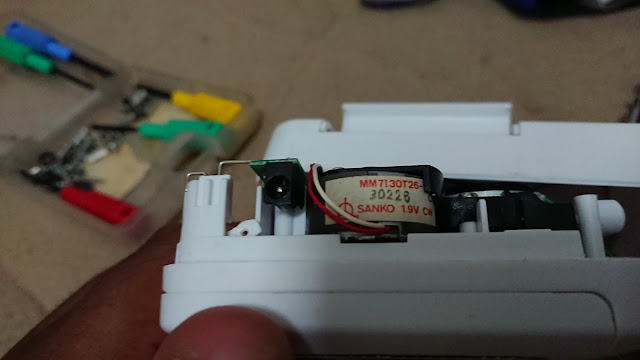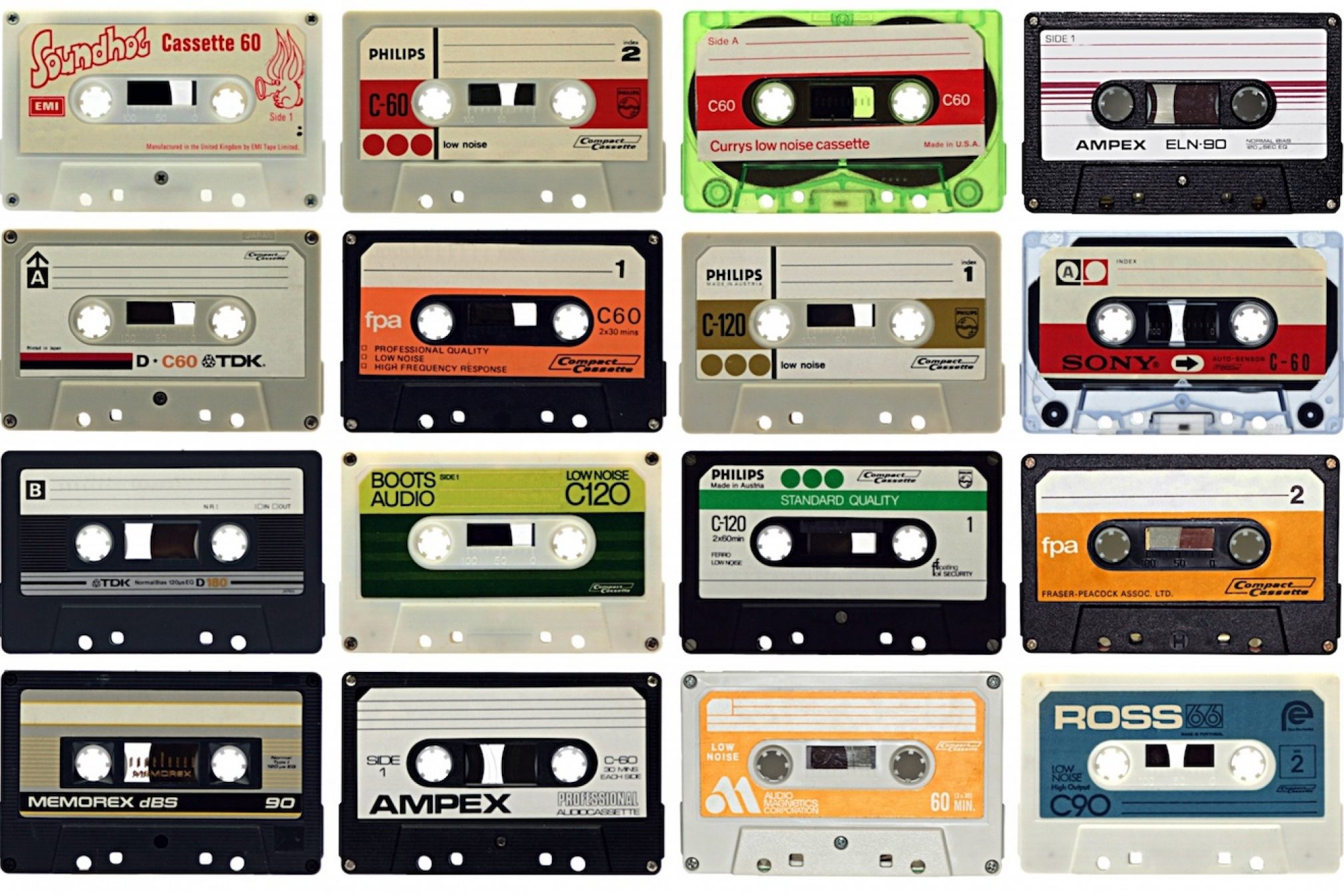 |
| Tons of cheap Chinese tapes are out there... |
I bought this particular tape player from Shoppe last week and it's pretty amazing with cool design and have a USB power capability so I don't need to have batteries, just a power bank needed. However, this tape also suffering same issue as the cheap Chinese tape players on the market and I had been getting my hands dirty to improving the tape playback quality. There's a lot of way to do it.
 |
| No AA batteries required, only a USB cable and a powerbank needed |
First of all, I made a minor changes of this tape by adjusting the speed and also changing its rubber belts. It was really lasts for a while before the tape going back into its behavior. Tape speed often fluctuating and still have a horrible wobble sound. Then, I made an another step by replacing its existing tape motor with these one which I took out from the old non-functional cassette player. Also, I put some little bit of solder on the flywheel just to keep the flywheel balanced, noticed that some cheap tape players also suffering from flywheel spins wobbly that causing the tape sounds horribly.
 |
| Using this kind of Sanko 1.9V type DC motor on this tape player |
 |
| Existing tape motor had been taken out, replacing with Sanko tape motor |
After replacing its tape motors, put little bit solder on the flywheel and put it anti-magnetic cap on the newly-installed tape motor, it sound better but still there's another problem that needs to be solved - grounding. The tape player now having a noisy buzzing sound that actually comes from the tape motor itself, so I made an another step further by making a ground wiring on the tape player. Putting a solder lead on the screws are not easy but it is good enough for grounding. Originally, the tape player have its grounding spring piece but turns out missing while I'm opening up the back cover during rubber belt replacements ago. Then, I made my own grounding system by connecting these wires from PCB into the screw. Even the tape motor also need to have a grounding system but needs a separate screw and it's pretty dangerous to share multiple grounding wire points with a single grounding base that ended up short-circuit.
 |
| Screws serves for grounding the tape |
After performing grounding system on this tape player, now the tape player able to play with better sound quality and I have to use USB cable as power source because the grounding screw are placed on the battery slot, so there's no room for batteries anymore but doesn't matter anyway.
Conclusion
In order to improve the Chinese tape players, you will need to do these (or one of these):
a) Change its rubber belts and adjust the tape speed
b) Change its tape motor and put a little bit solder on the tape flywheel
c) Perform ground wiring
Then you can get a decent sound quality on cheap Chinese tape players.






